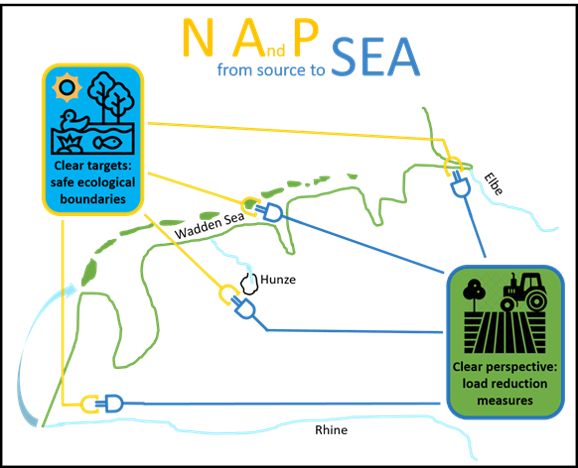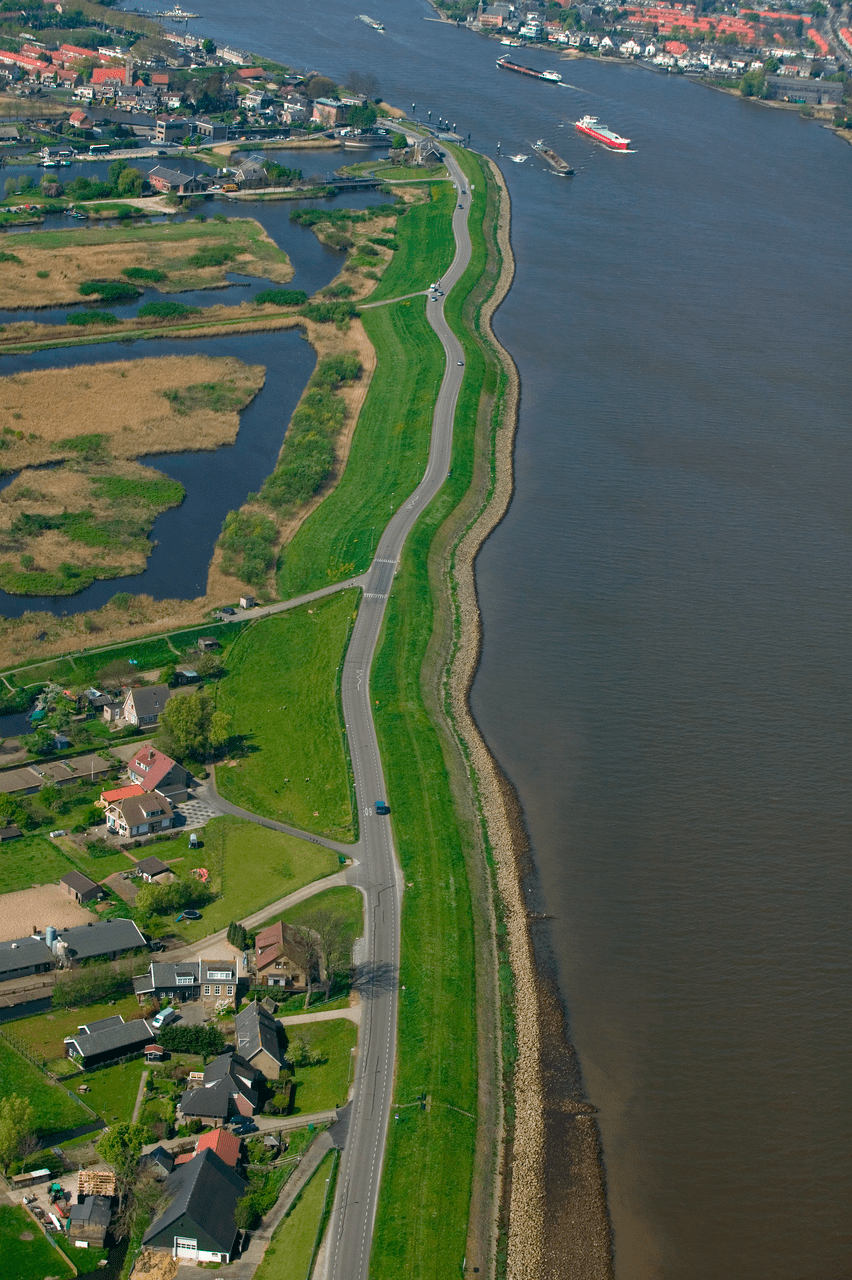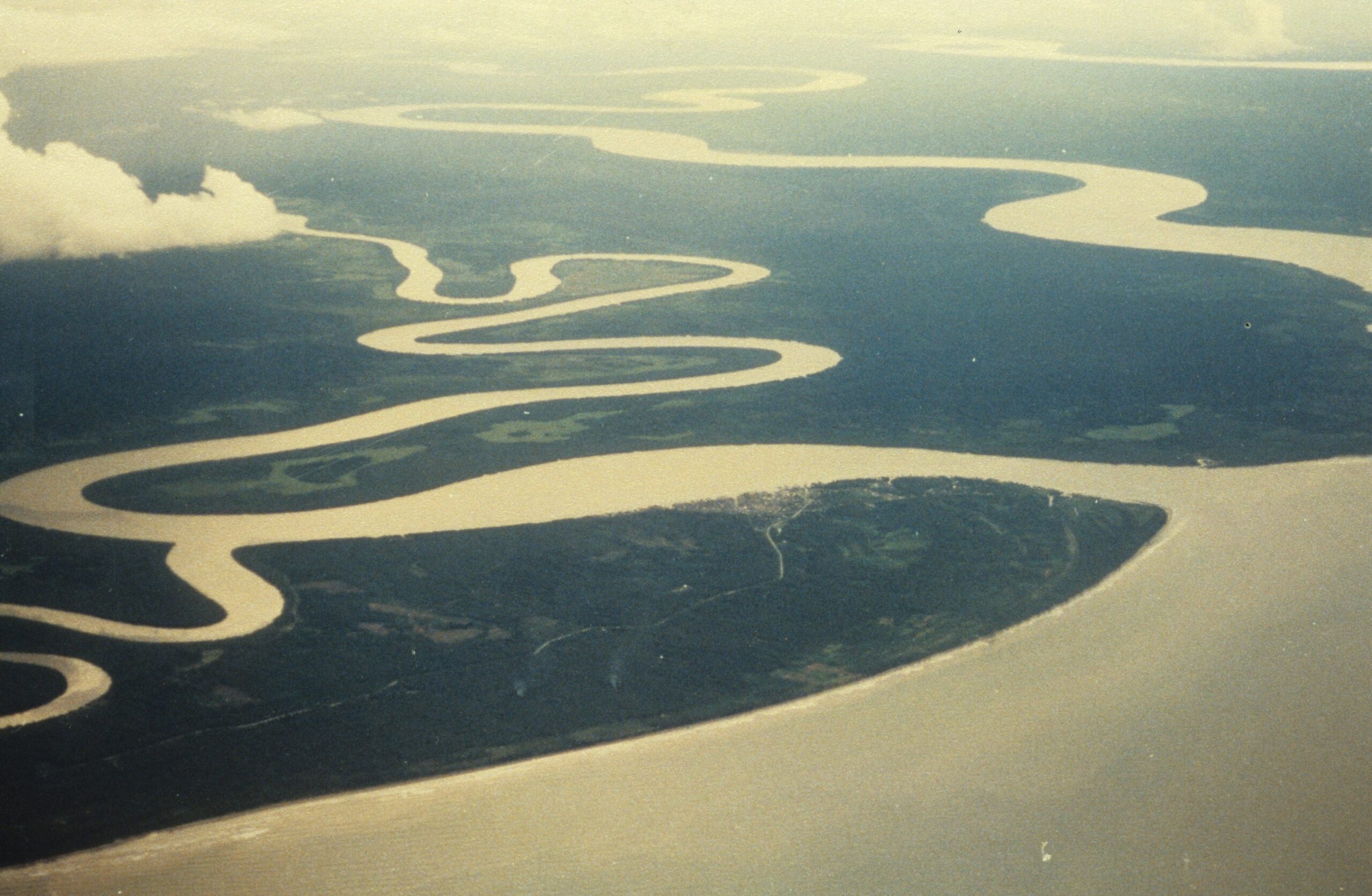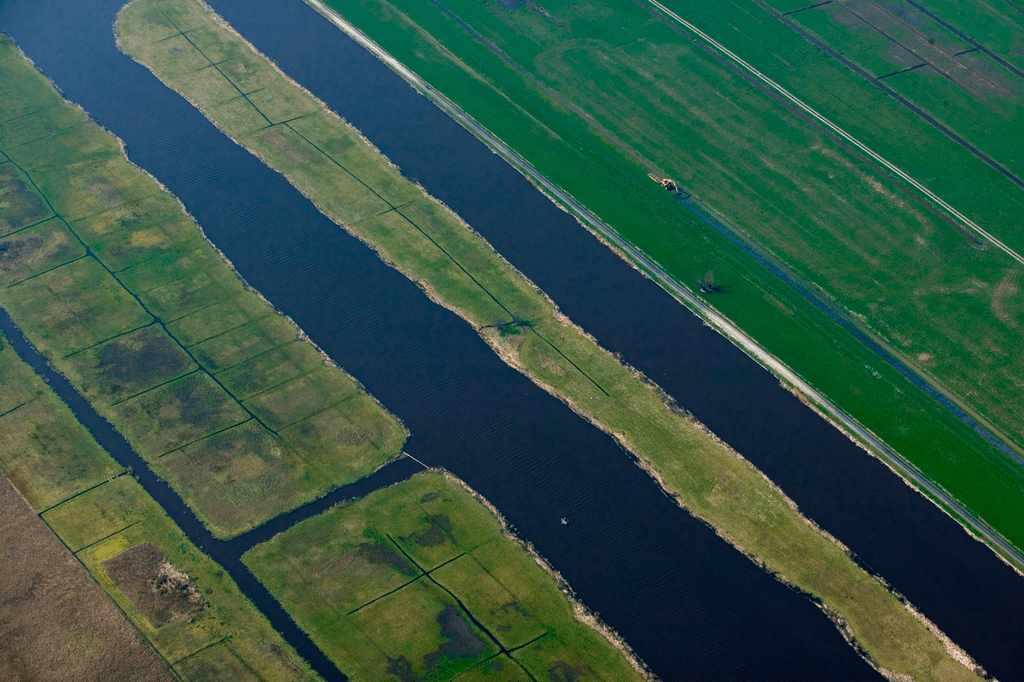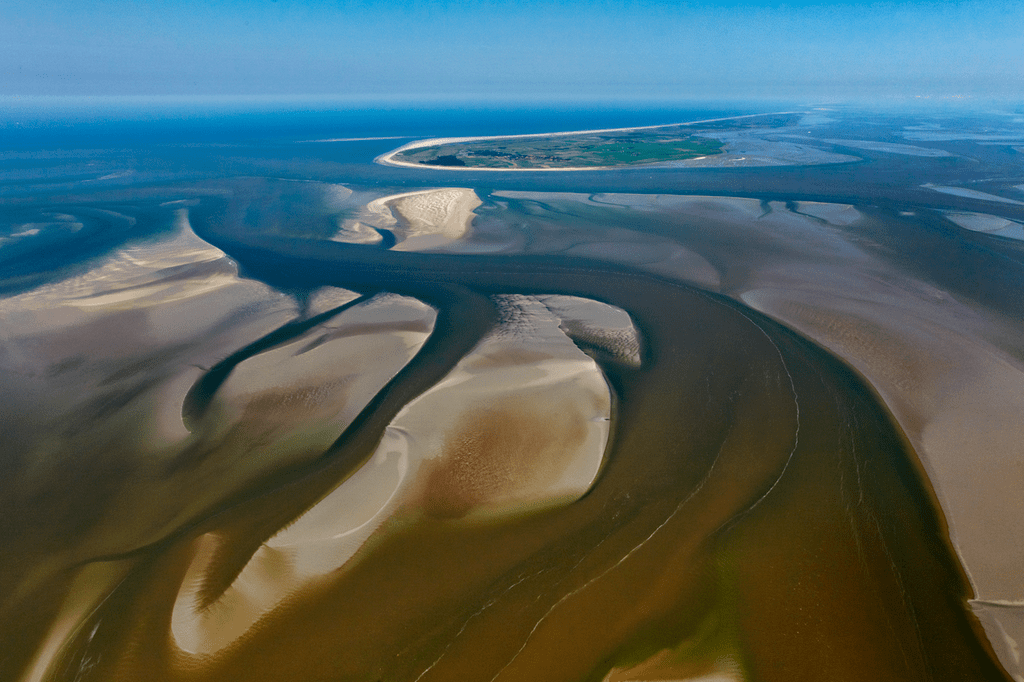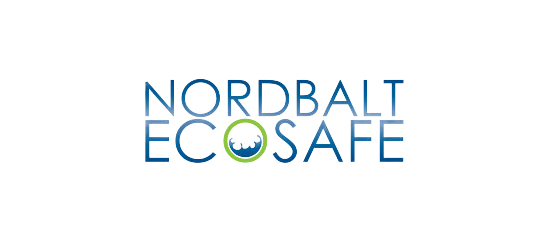What is NAPSEA?
The central aims of the NAPSEA project are to support national and local authorities in selecting effective nutrient load reduction measures and to gain political support for their implementation. NAPSEA will use an integrated approach to address nutrient pollution from source to sea, combining three complementary perspectives: governance, nutrient pathways & measures and ecosystem health.
The geographical scope of the project covers the catchment of the Wadden Sea, with case studies for the Rhine, Elbe and Hunze catchments and the Wadden Sea itself. NAPSEA will showcase best practices on the implementation of socially acceptable, sustainable and effective measures for these case studies. Effects of climate change and co-benefits of measures for reducing greenhouse gas emissions are taken into account.
What is Source-to-Sea approach?
The Source-to-Sea approach directly addresses the linkages between land, water, delta, estuary, coast, nearshore and ocean ecosystems thereby supporting an holistic view of socioeconomic development and environmental management. Such a Source-to-Sea system includes many flows – of water, flora and fauna, sediment, pollution etc. – which can be transported and show impact far downstream.
